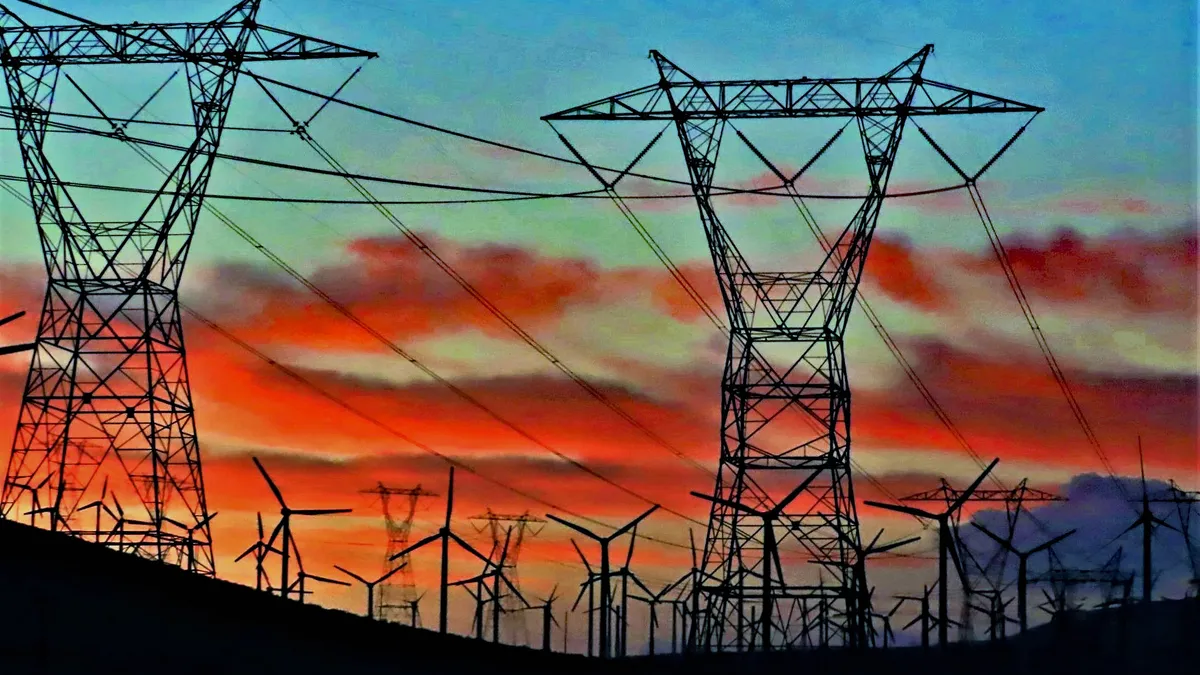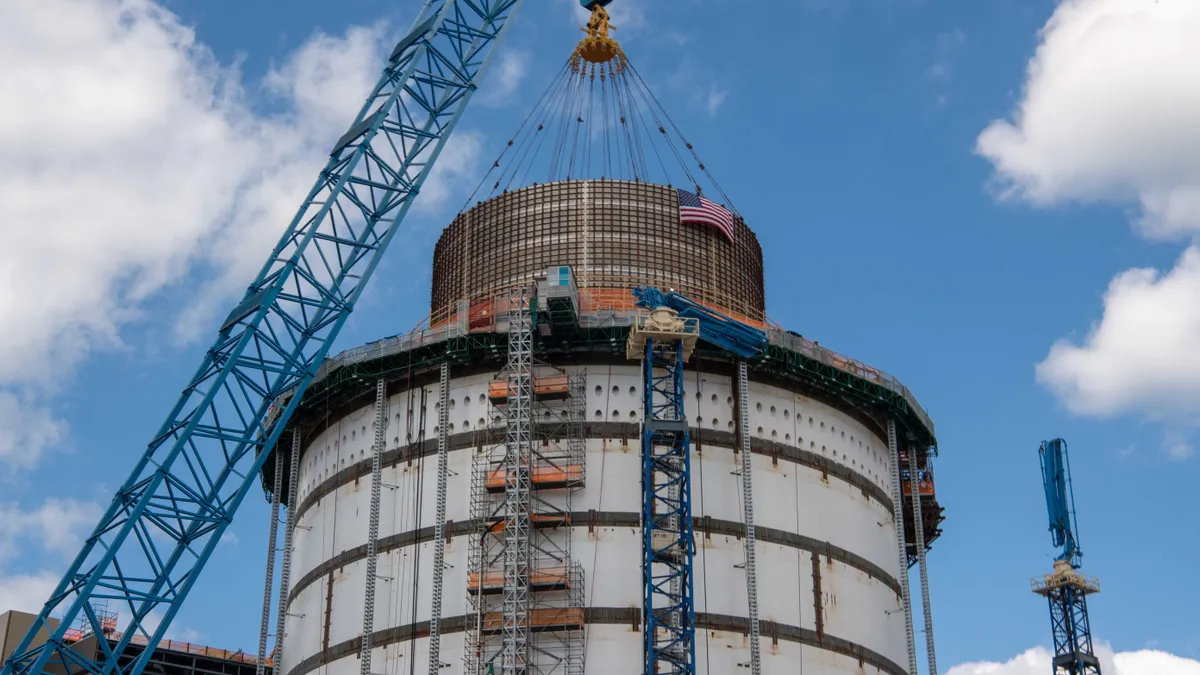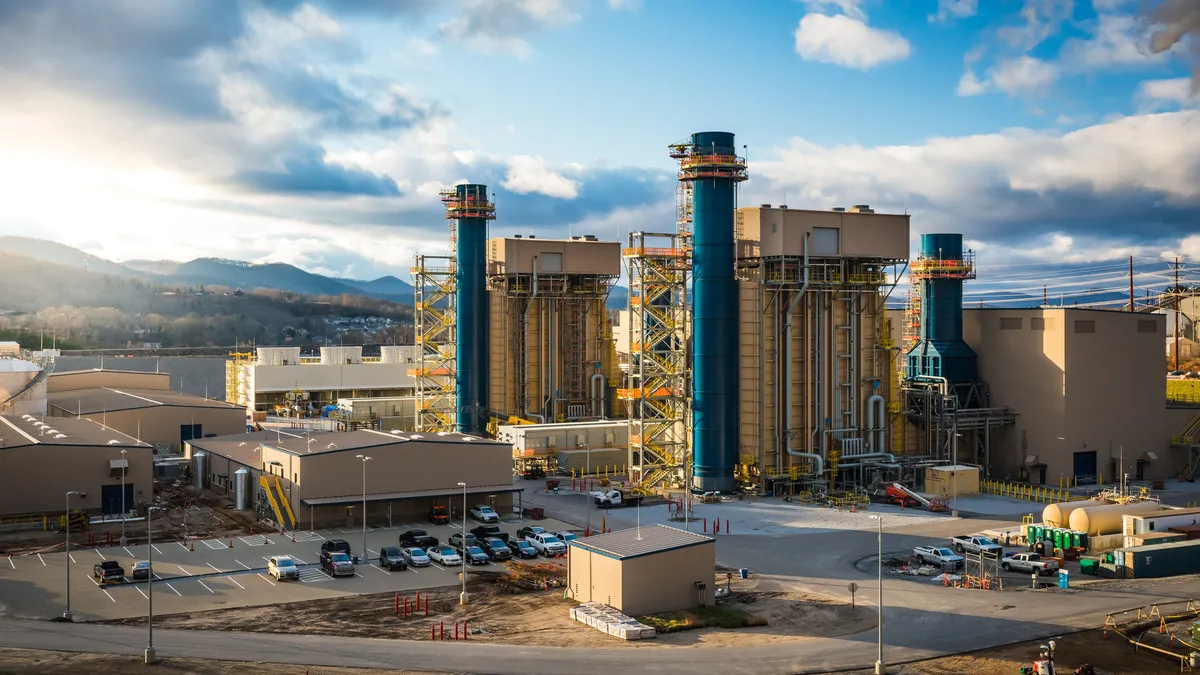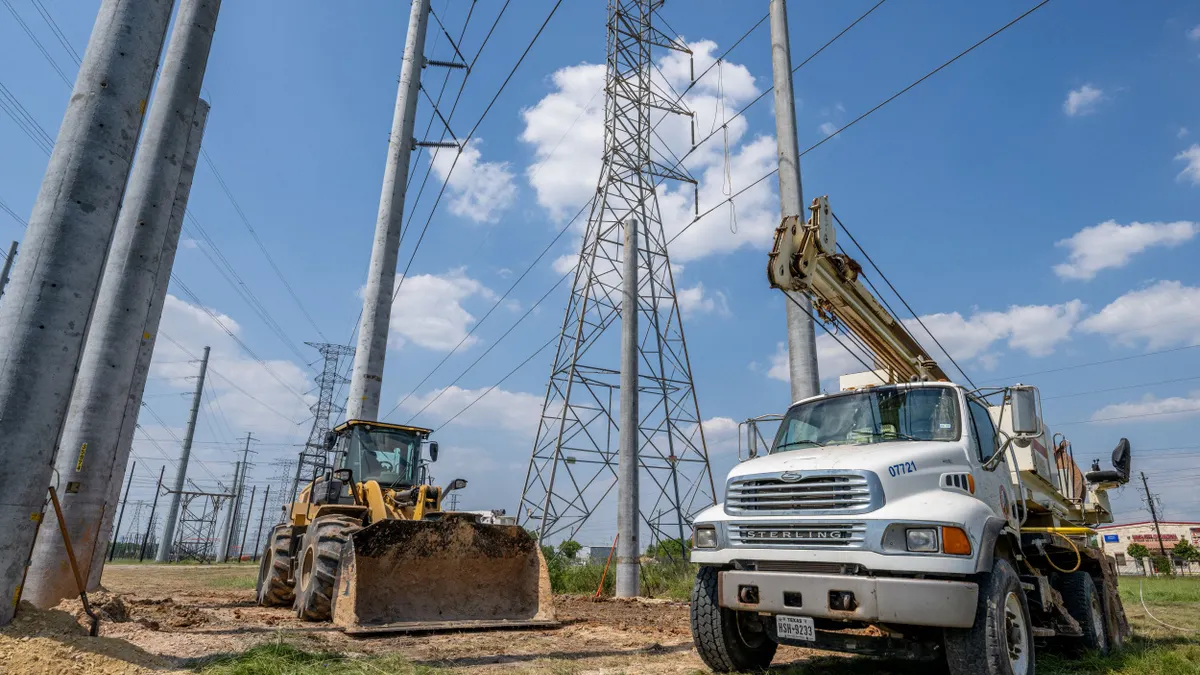Vincent Duane is principal at Copper Monarch.
America’s transmission network is an engineering marvel. It plays a profound role in our health and wellbeing, economy and national security. Its import is only increasing as we further electrify, automate and digitize all aspects of life. Today we also face an urgent demand to decarbonize the power sector and we’ve chosen utility scale wind and solar to lead the way. But as is now evident to most, this plan works only by simultaneously and massively building out grid infrastructure; call it the “big transmission fix.”
Stakes are high: if the all-in wager being made on big transmission fails, it promises to take with it our aspirations to rapidly electrify and decarbonize our economy. Being in awe of the physics that keep our vast and complex network in continuous balance, it pains me to say our current policy enthusiasm for transmission has moved from a responsible cocktail before dinner to a bacchanalia of Roman proportions.
The big transmission fix
There’s a lot to question about big transmission, starting with its price tag. Studies throw out numbers like $12 trillion to build out the grid over the next few decades. Then there’s the squabble over who should pay for lines which burden and traverse communities mostly to benefit consumers elsewhere. And will industry overcome current supply chain and production capability limitations for transformers and the like to satisfy what would be unprecedented demand? But the ultimate question, of course, is whether it will work. In other words, will the big transmission fix reduce global carbon emissions and increase electrification, while providing operators a platform to balance wind, solar and storage to assure customers receive acceptably reliable service?
Assuming we can pay for and produce an expanded and radically redesigned grid, which engineers can reliably operate so that wind, solar and battery storage replace almost all fossil generation, all that’s left is to plunk this grid down in America and to do it quickly.
Of course, interests directly impacted will oppose siting. But objection will come also from ardent decarbonization voices that will nonetheless scrutinize the transmission build-out as it crosses rivers and wetlands, reduces tree canopy, impacts disadvantaged communities and changes scenic character. Creating right-of-way to erect towers and wires advances important, but still abstract and distant, interests. Yet the harms levied are immediate and local.
Putting so much of the climate agenda on the shoulders of new transmission is simply asking it to bear too much. And it’s coming at the exclusion, or at least marginalization, of other technologies and models that would compare more fairly to big transmission if the latter was subject to a fair and sober assessment.
Alternatives to the big transmission fix
Grid-enhancing technologies, carbon fiber core reconductoring and deploying machine learning to optimize system operations are a few examples where existing and emerging technologies work to extract greater efficiencies or capability out of infrastructure already on the ground. Other approaches, including carbon capture, new nuclear expansion at existing sites, converting fuel use to hydrogen, renewable natural gas or biomass would require some new transmission, but at more realistic levels, often leveraging existing rights of way.
Then there’s those technologies, including distributed generation, on-site battery storage, community solar, fuel cells, virtual power plants, transactive electric systems and demand response that advance the vision of a future grid where smaller, smarter, two-way resources sit embedded with the retail consumer to generate electricity. These technologies also provide storage resilience, ancillary services and enable more efficient consumption. Overwhelmingly, these alternatives do not rely on big transmission.
Thousands of companies are working on models and technologies (many proven) offering grid transformation solutions that differ from the big transmission fix. Subsidizing certain technologies and the attendant transmission they require might work to shutter fossil plants — assuming grid operators can afford to let them go — but it will also result in collateral damage to other competing green technologies whose economics depend more on market prices. And it will harden an existing model of central service generation/long-haul delivery at the expense of a future where the consumer, instead of being a meter at the end of the line, is central to a model of distributed, smart, two-way resources.
So, why aren’t more calling to pump the brakes on big transmission?
It’s not clear we understand trade-offs are required. Innovation this century has been driven by new technologies that empower individuals and reduce the influence of centralized institution-driven models. Distributed solutions to decarbonization and electrification are consistent with these forces. Yet many corporate titans of technology that buy significant renewable energy and whose own businesses were built on decentralization and cord-cutting are some of the loudest voices advocating big transmission — a solution which is inherently centralized and institutional.
To be fair, as the Inflation Reduction Act shows, other alternatives have not been wholly ignored. At best then we find ourselves with a “kitchen sink” type policy response that is looking increasingly shambolic and incoherent. Green technologies are not monolithic or necessarily additive when it comes to the decarbonization cause. The success of some necessarily will come at the expense of others, particularly given diverging structural models as to how electricity generation and delivery will look in the future.
This is the challenge that comes when government picks winners and losers. Still, a smarter policy response must mean dialing back big transmission as a one-size-fits-all solution. Big transmission in the Southwest to move solar great distances makes sense. Big transmission to move wind in the Central Plains to East Coast load centers may kill far superior local solar interconnections, offshore, demand side or micro-grid responses.
“No transmission, no transition” has become a fashionable slogan in policy circles. Okay, grid expansion is needed and perhaps statements like this should be taken as bumper sticker advocacy. But to suggest the fate of the energy transition is at the mercy of a naïvely unrealistic big transmission fix is wrong, and most alarmingly, risks asphyxiating competing green technologies and other models of electricity supply and delivery.






















